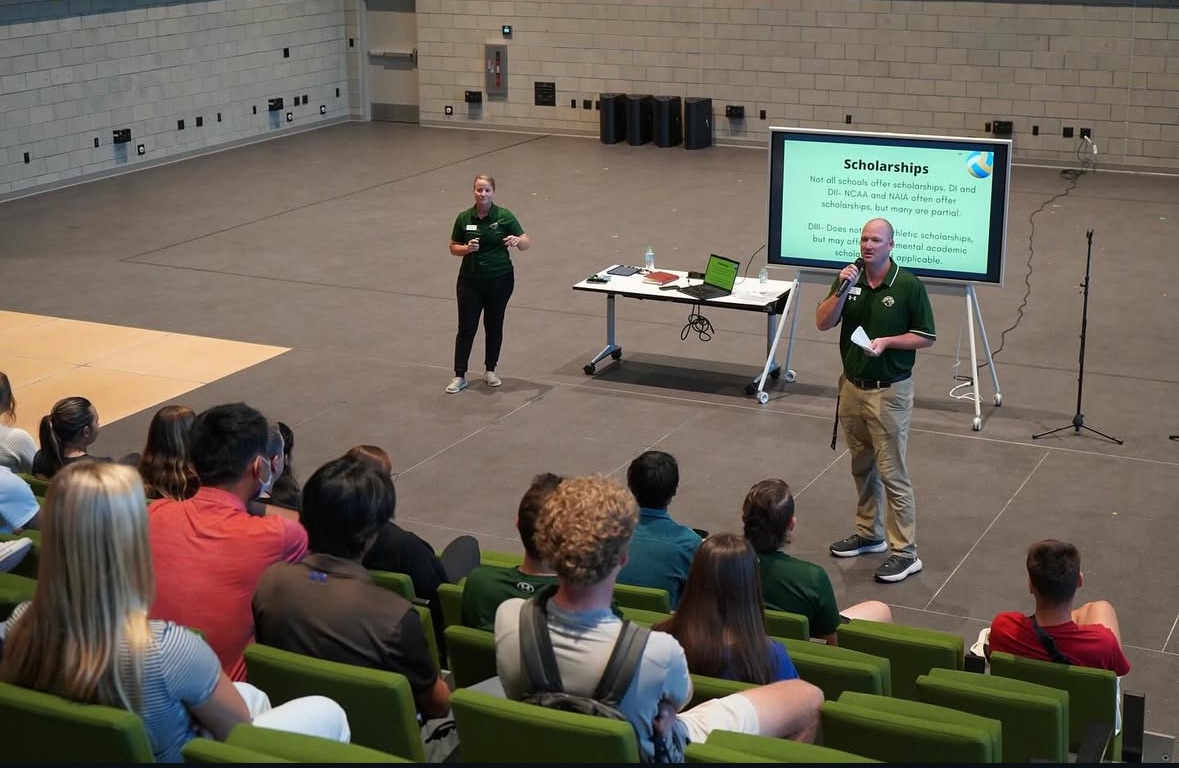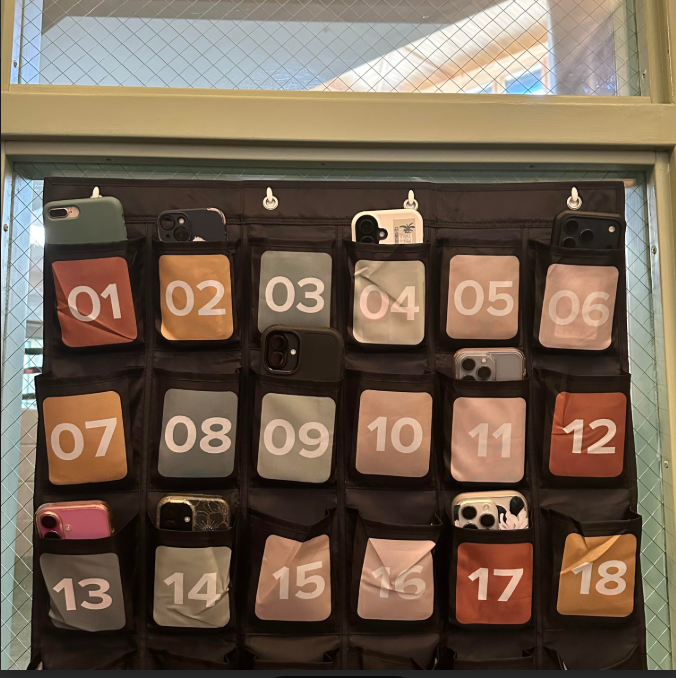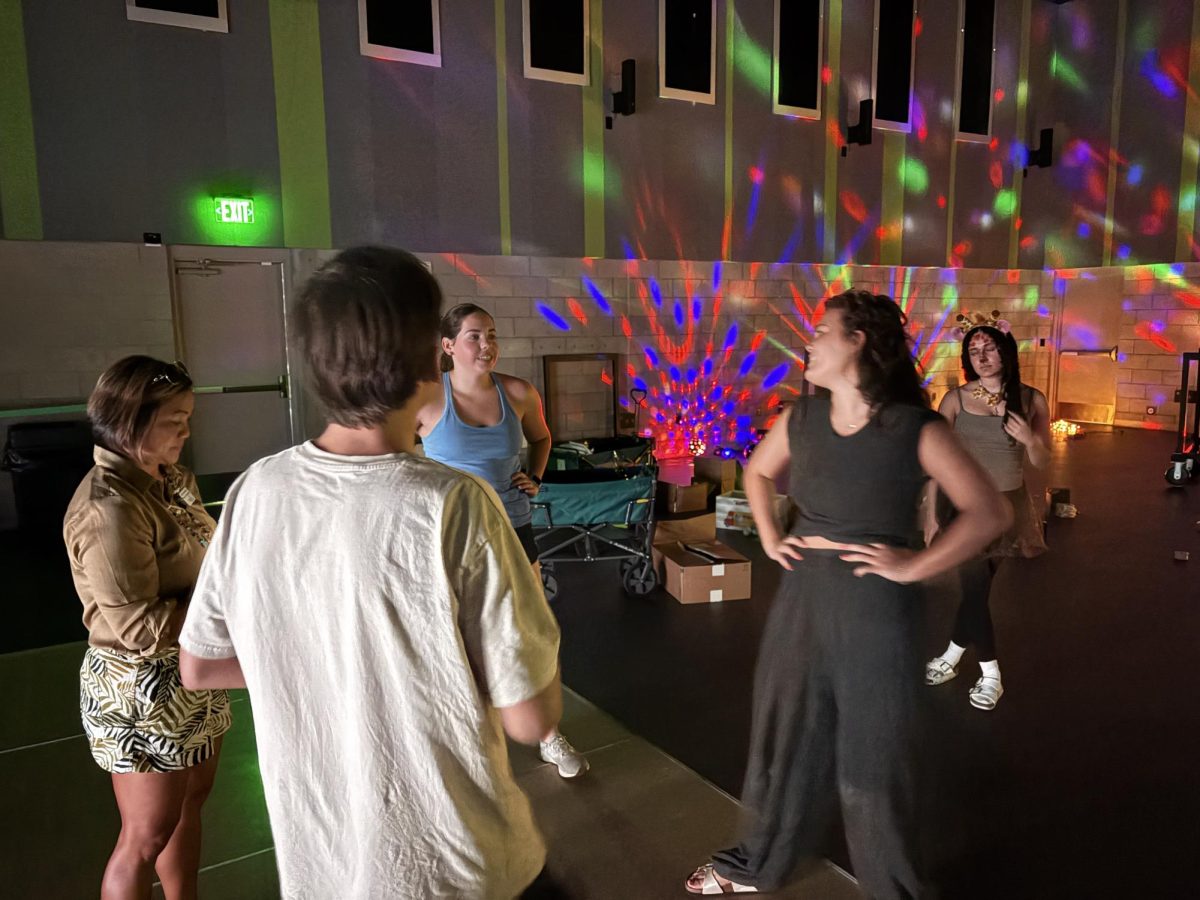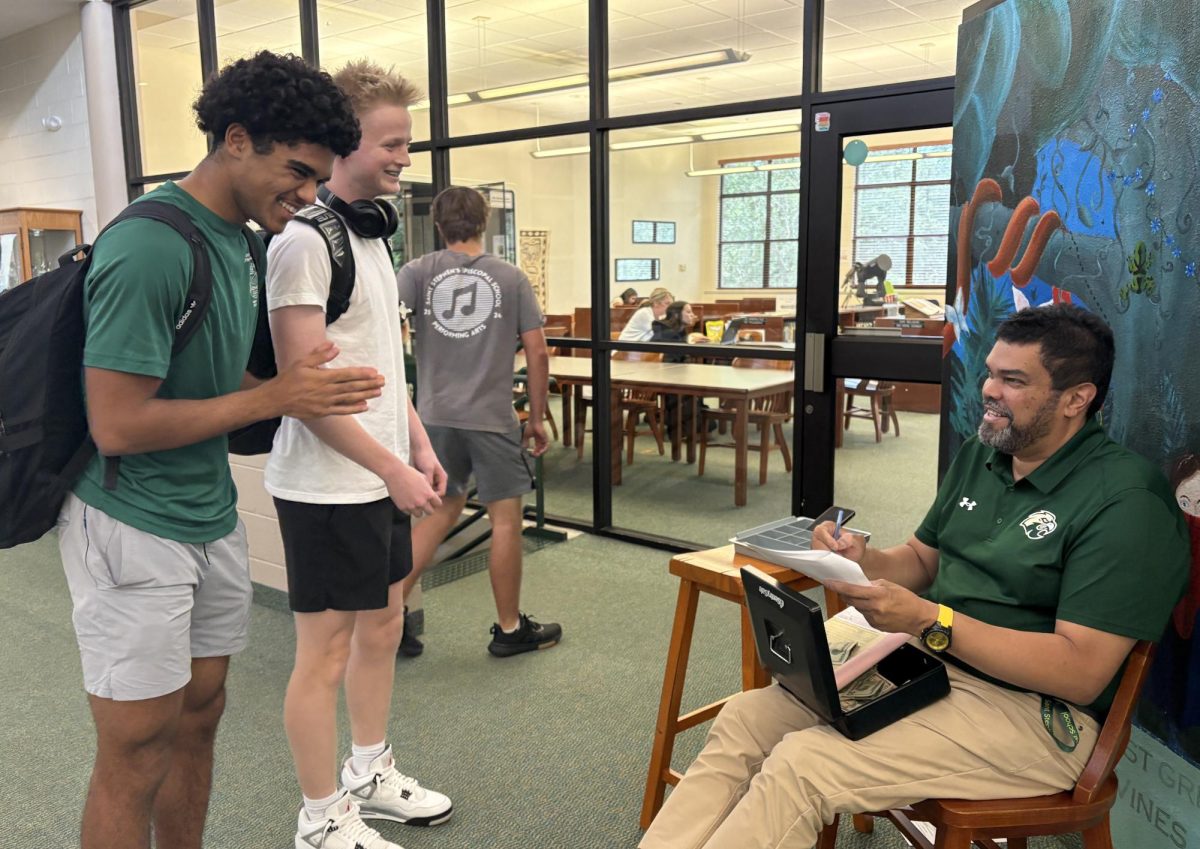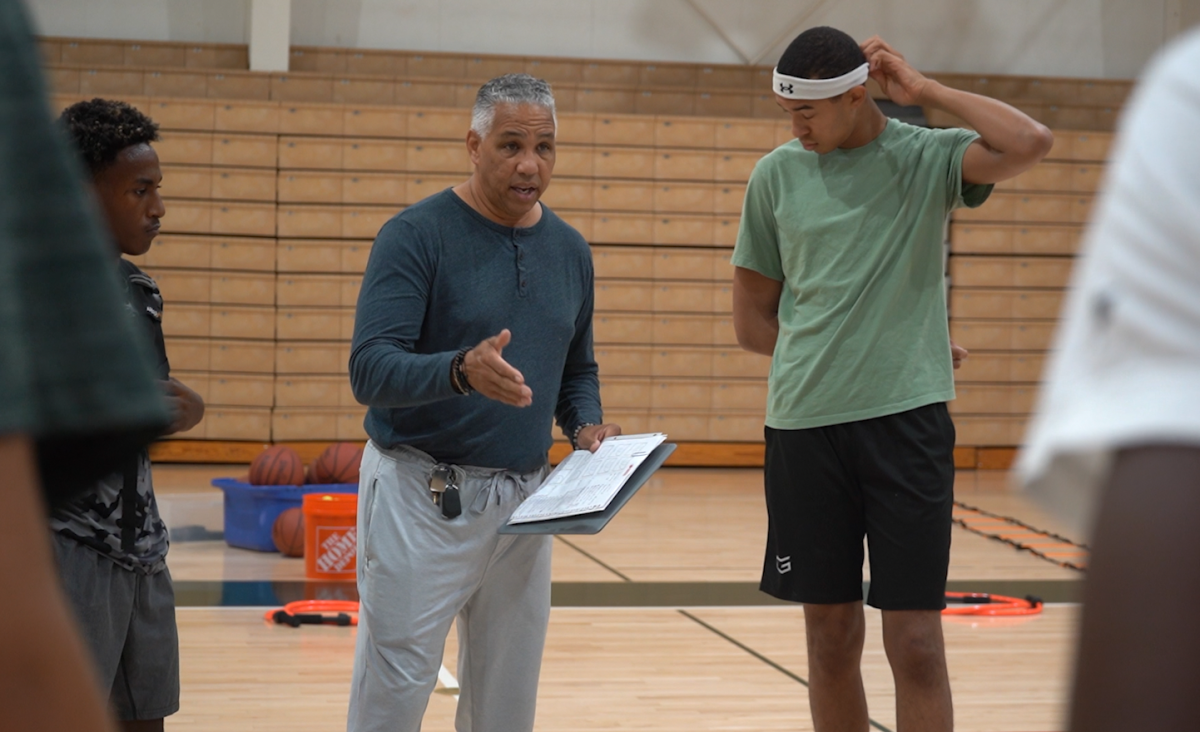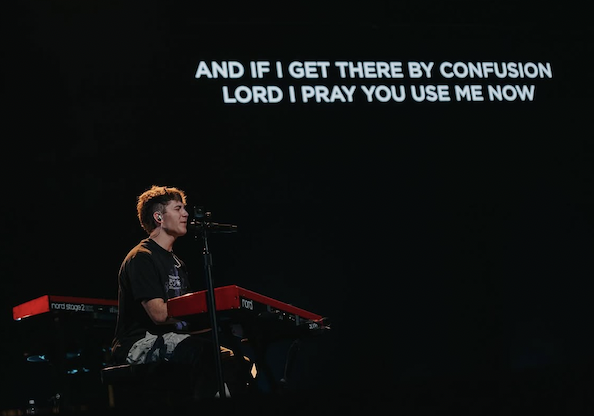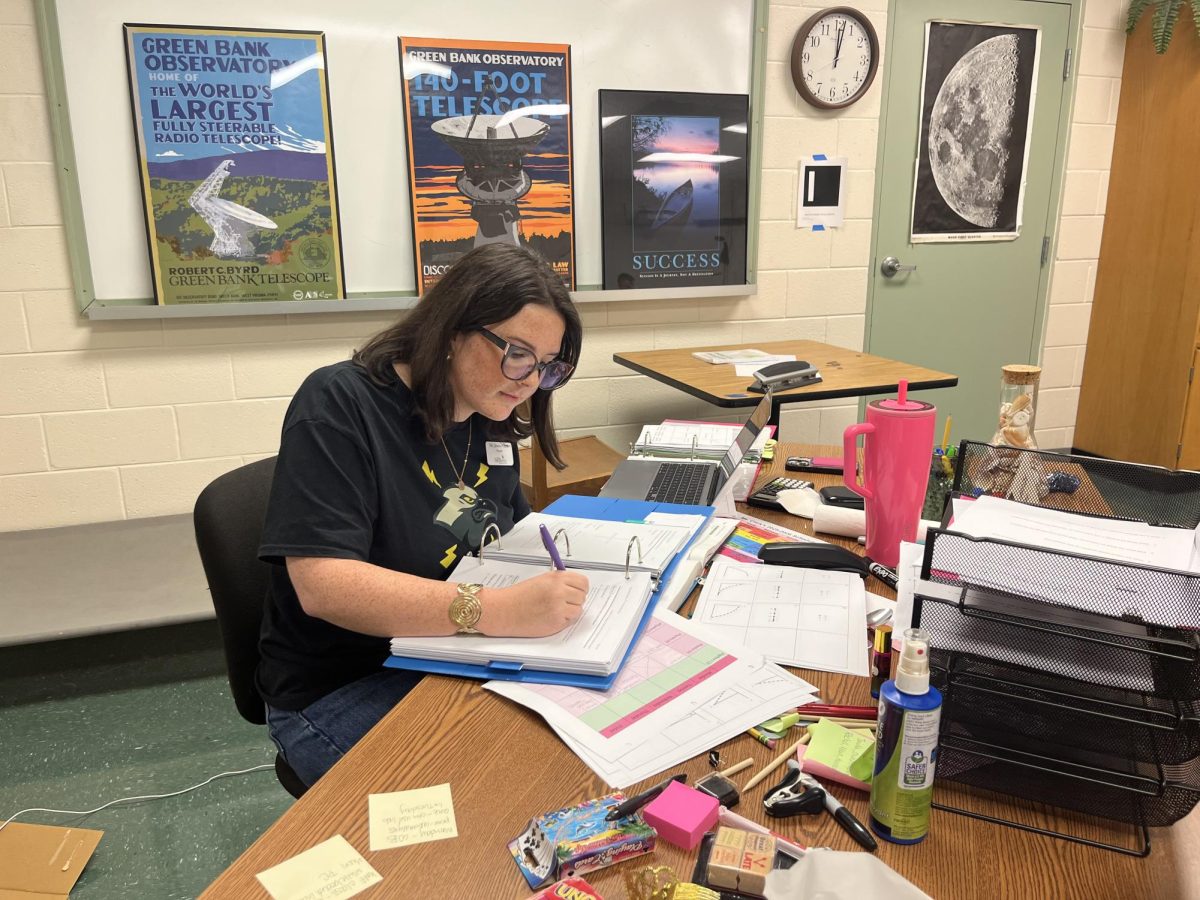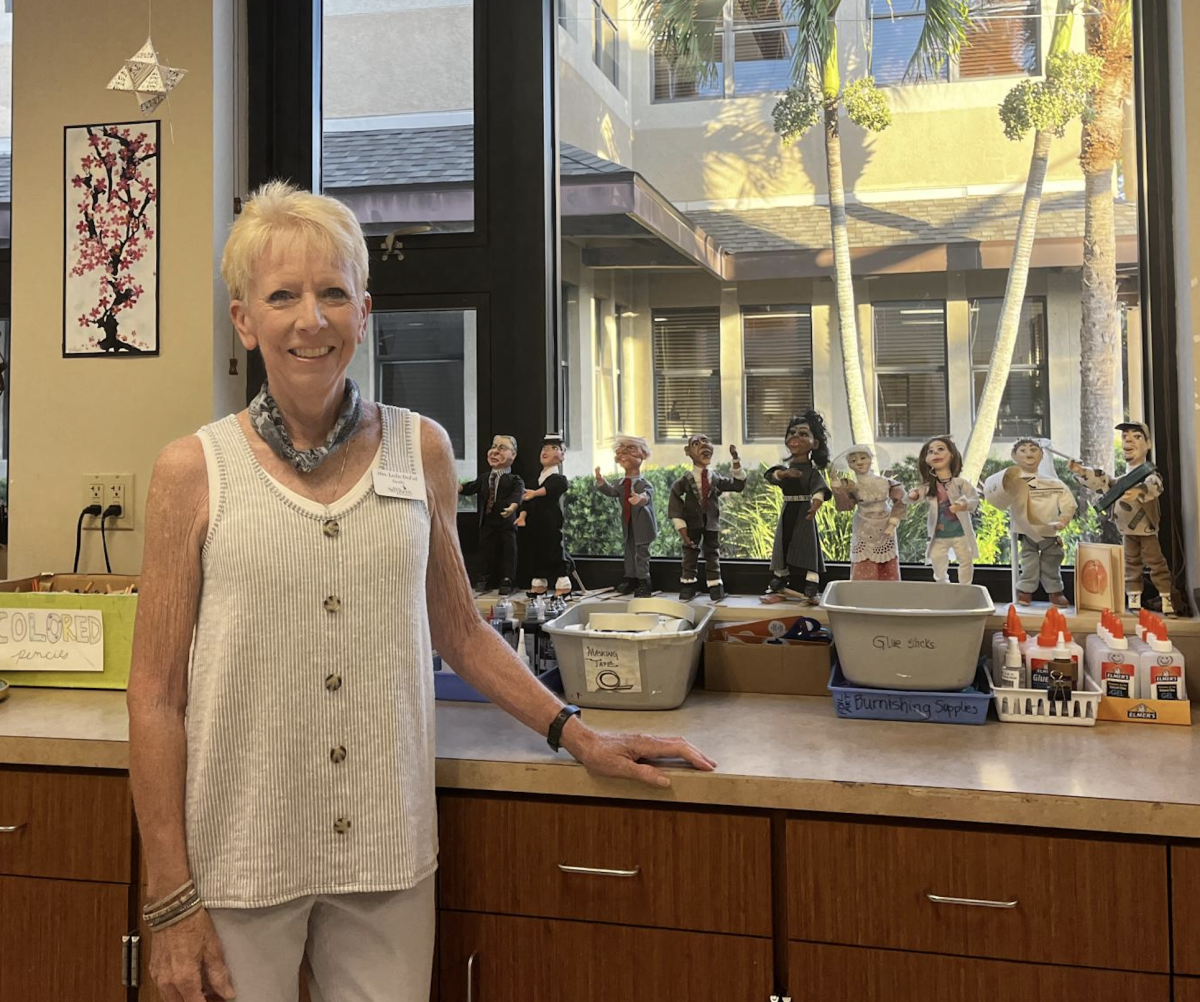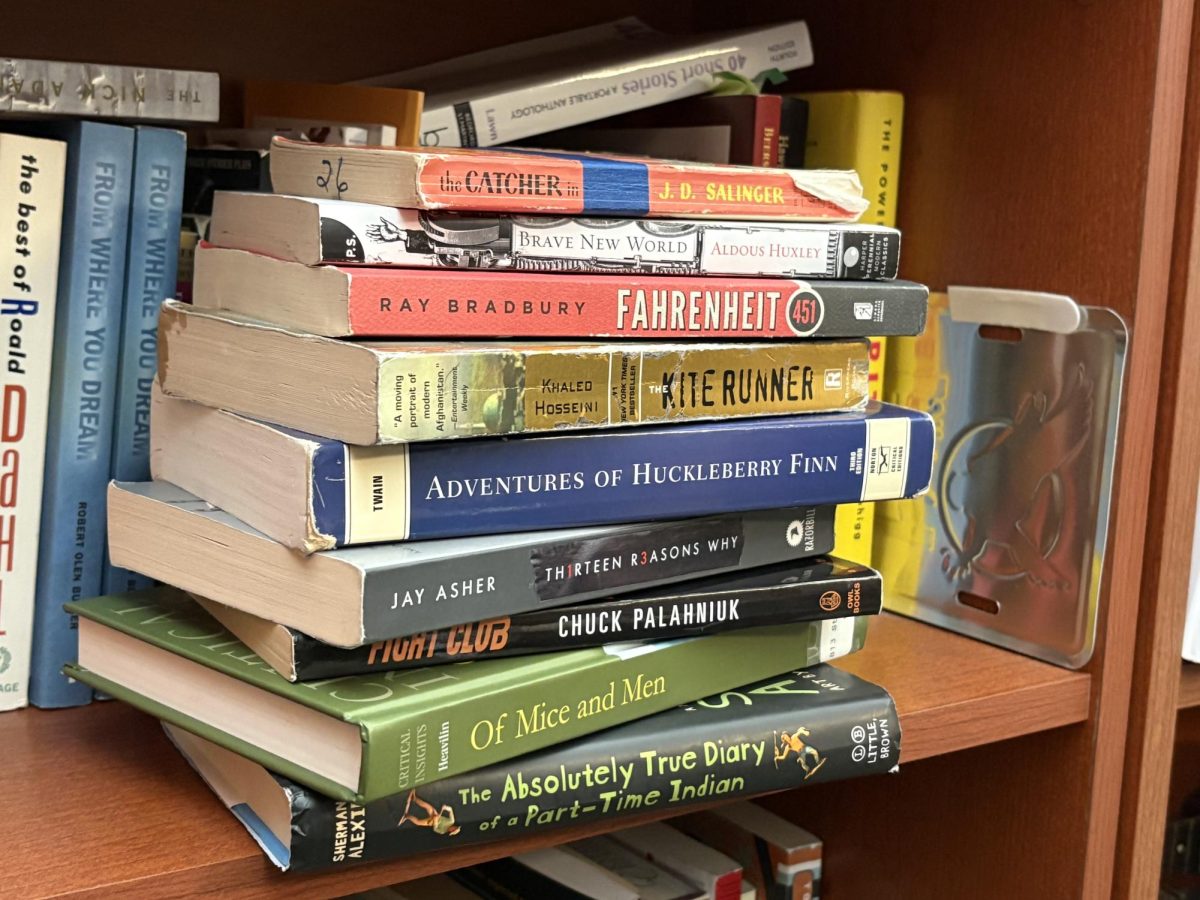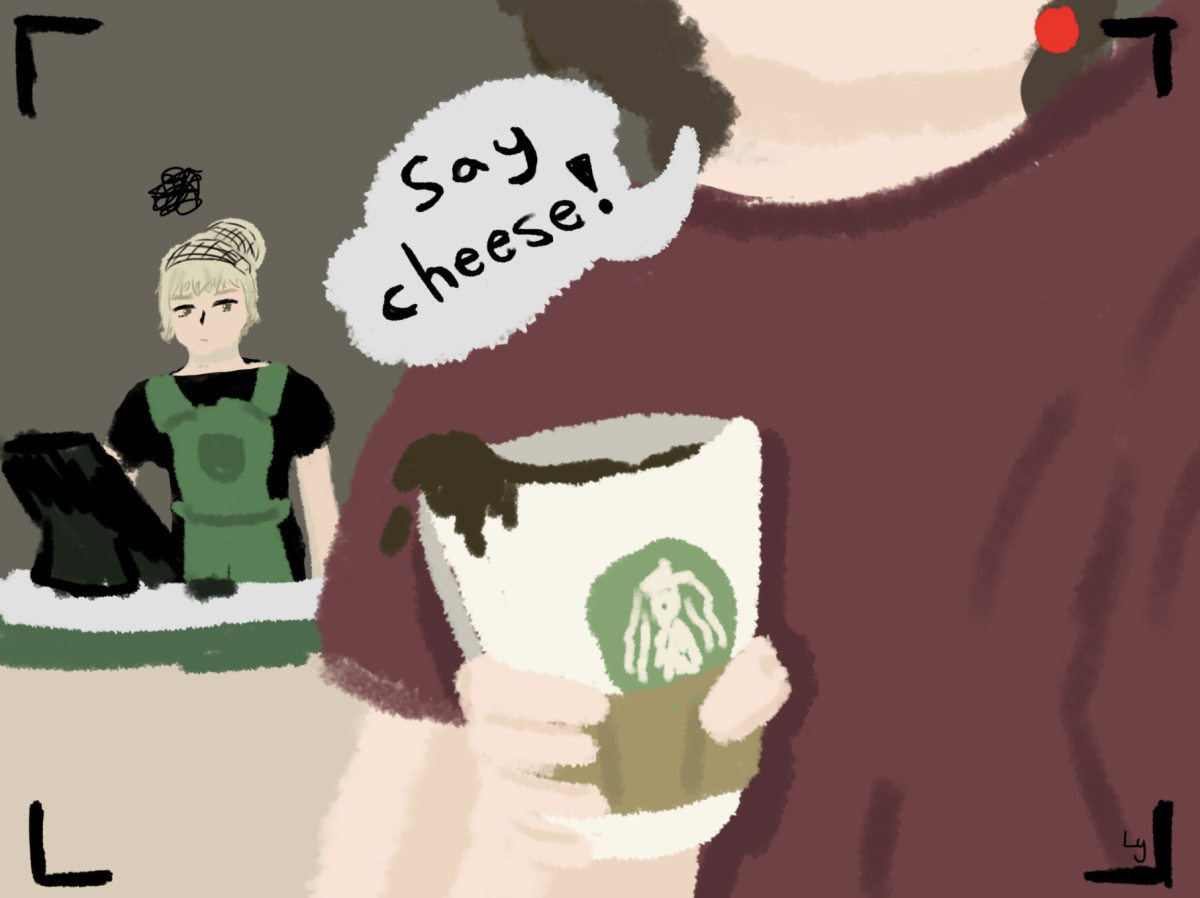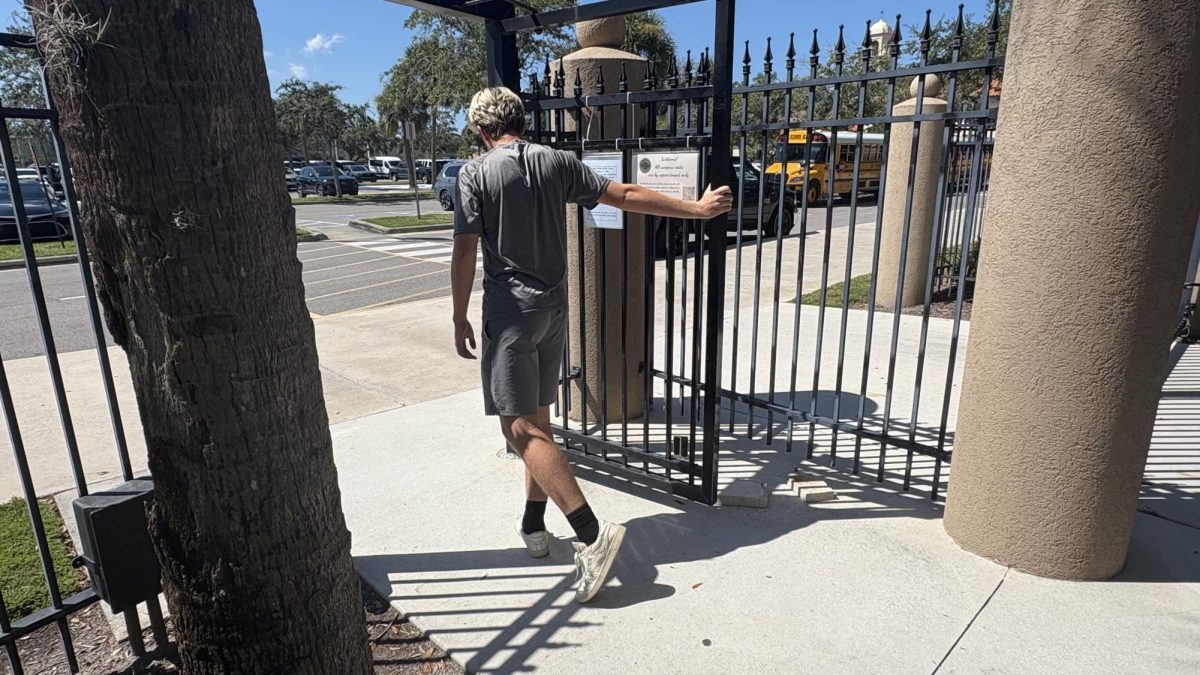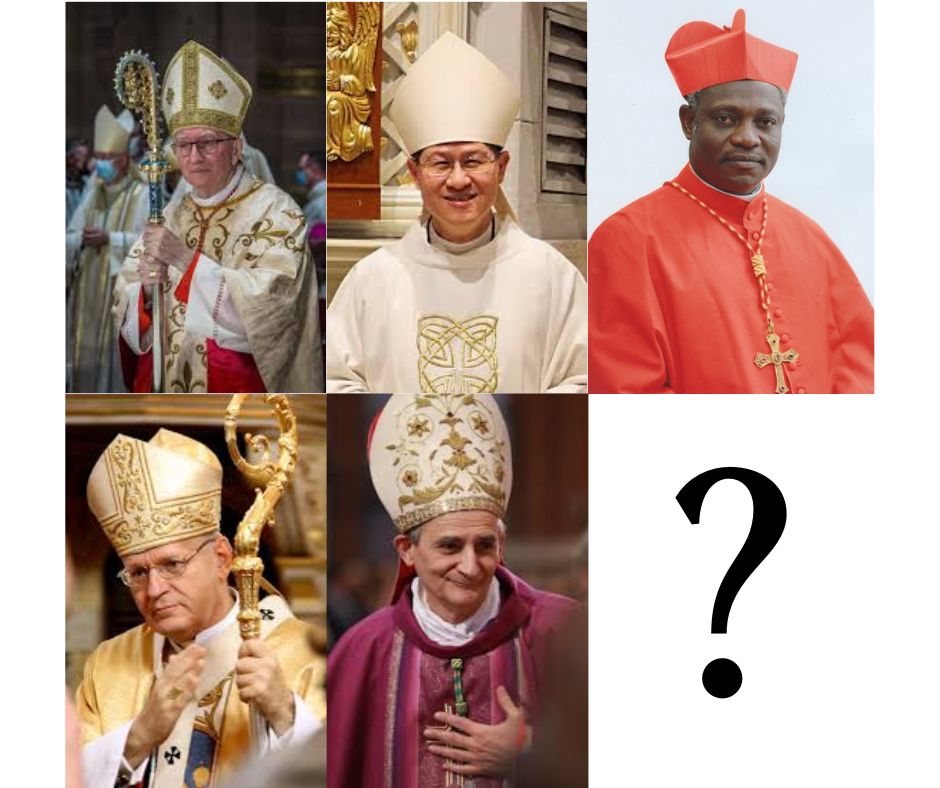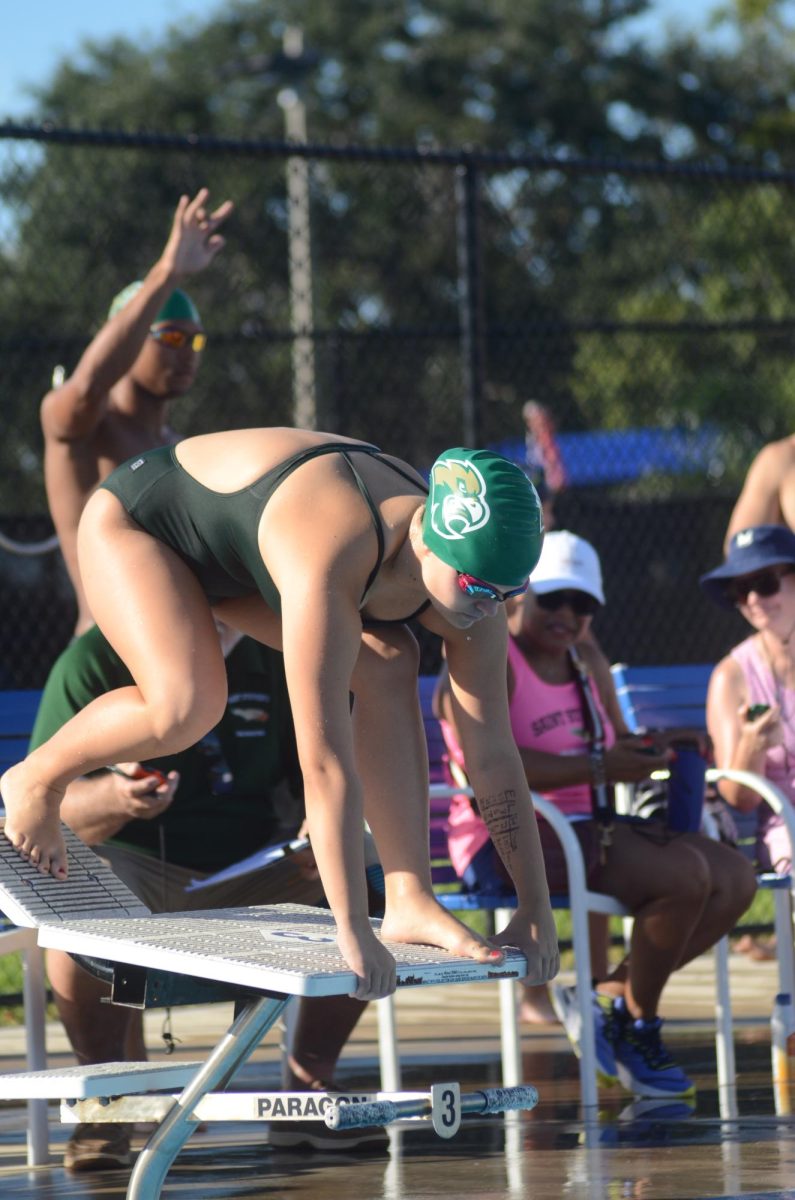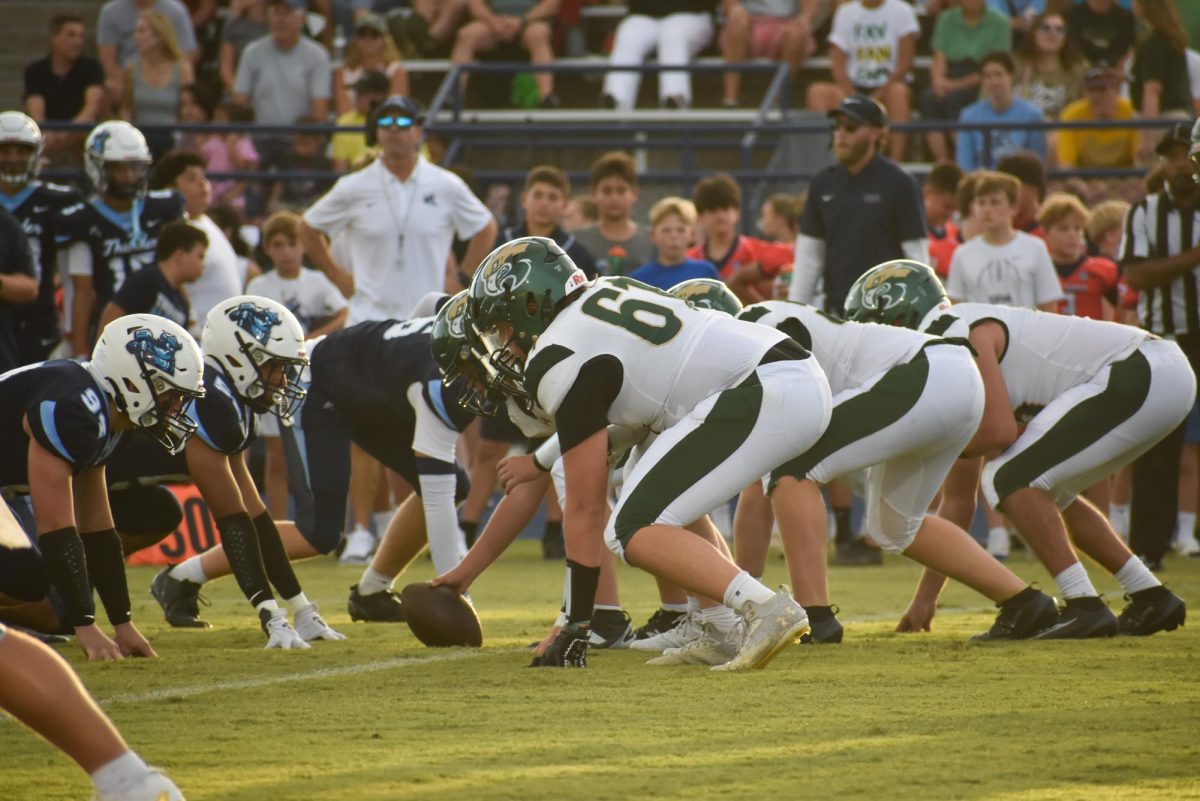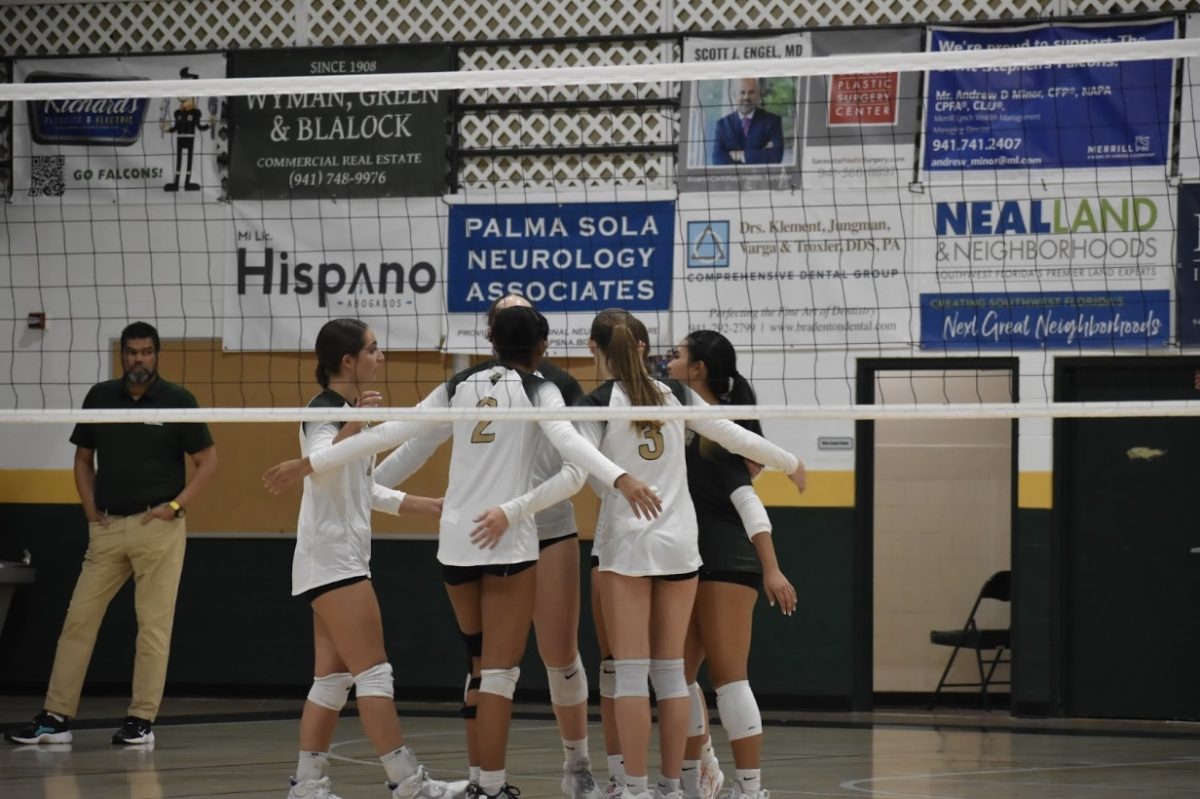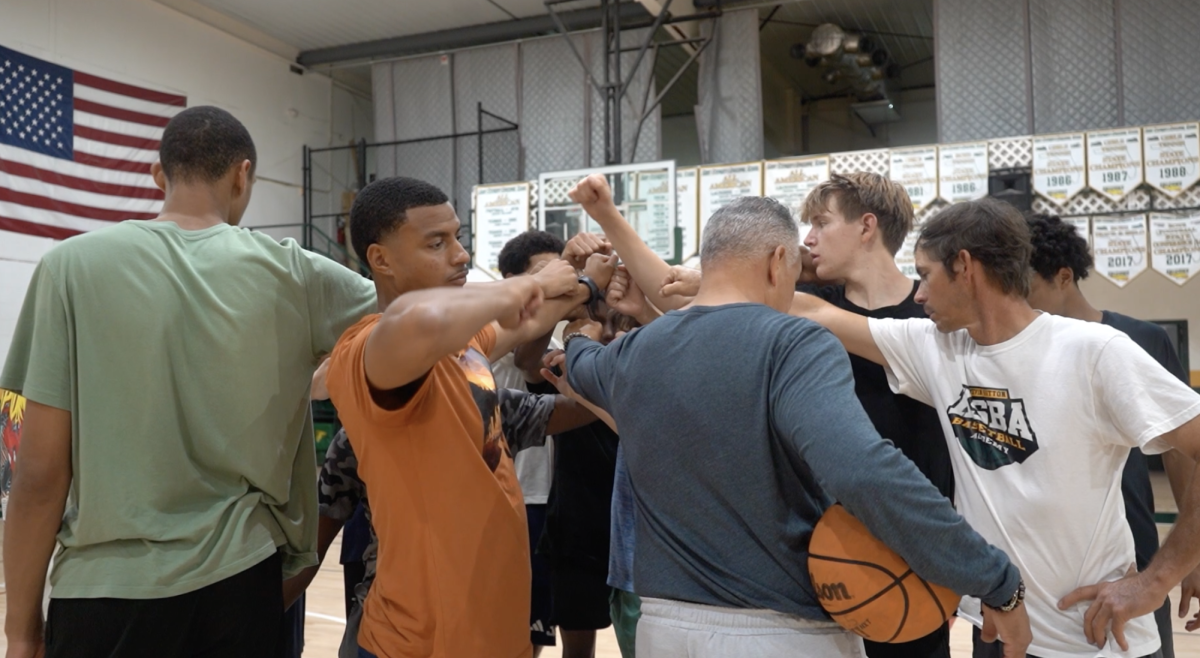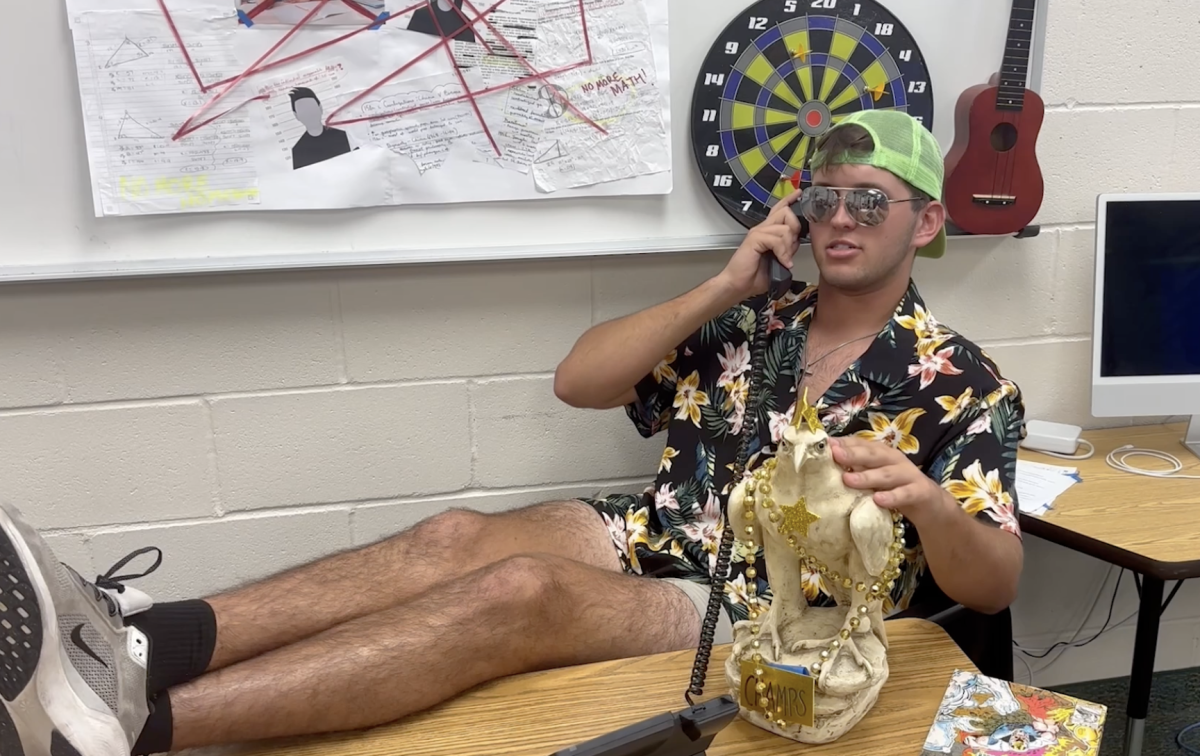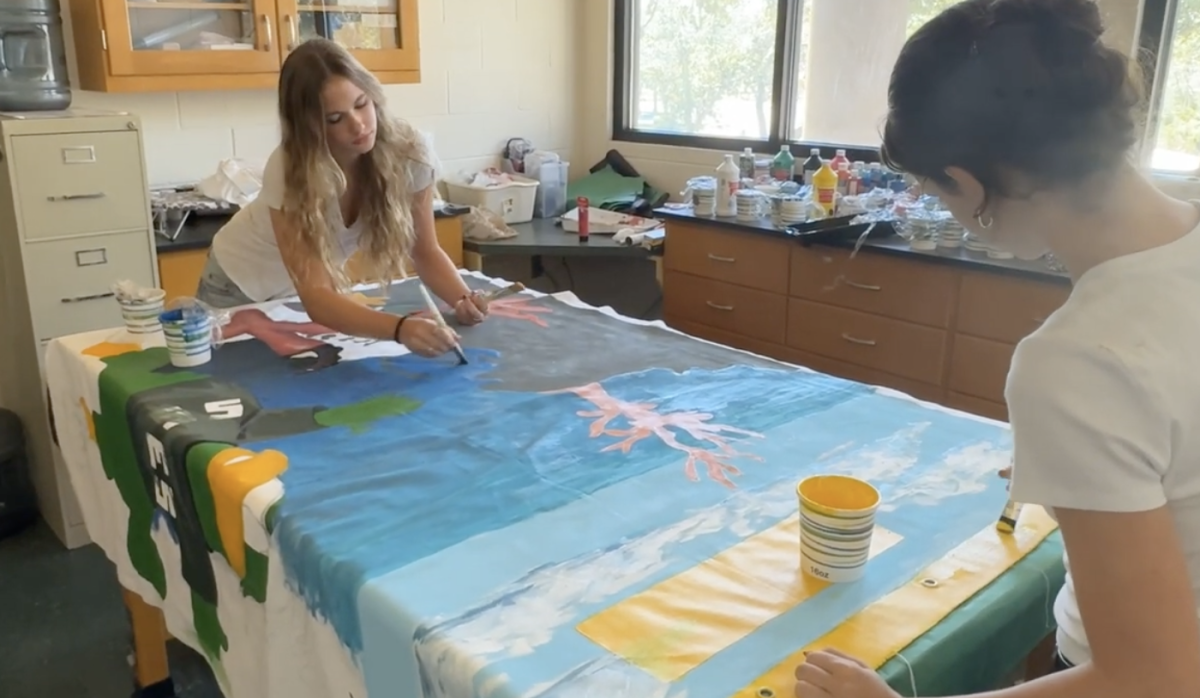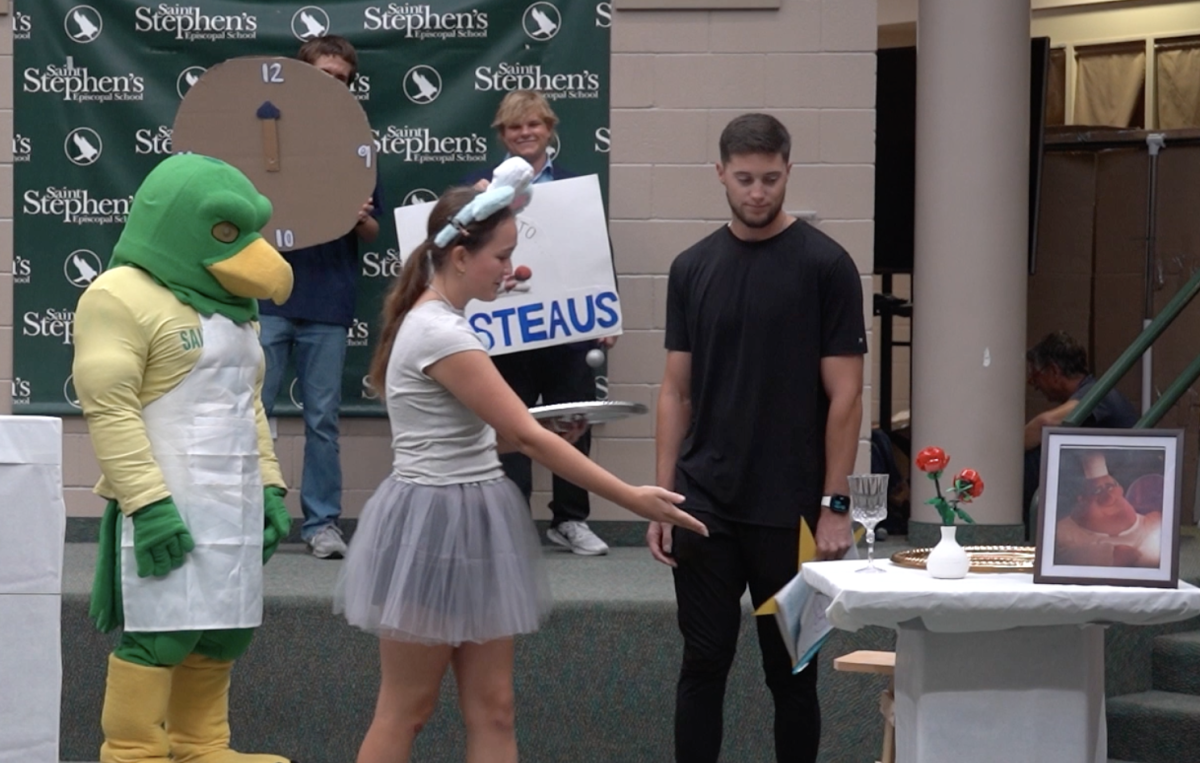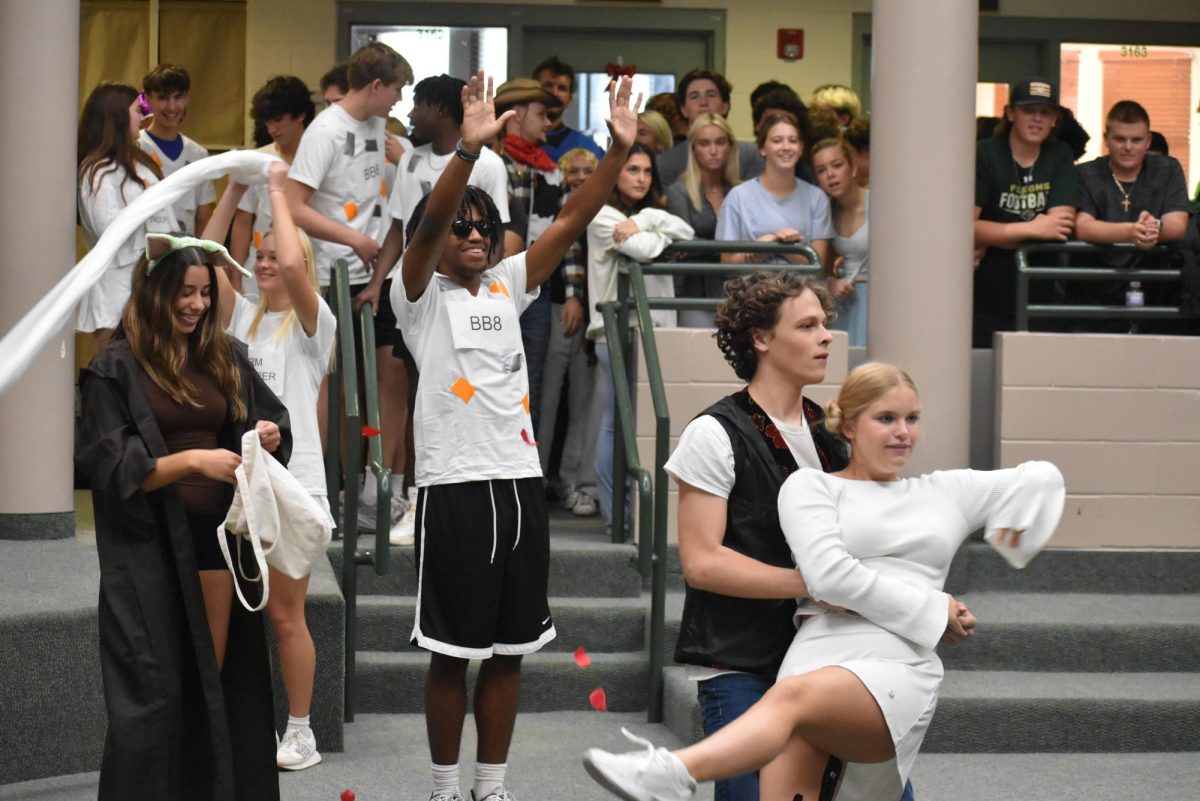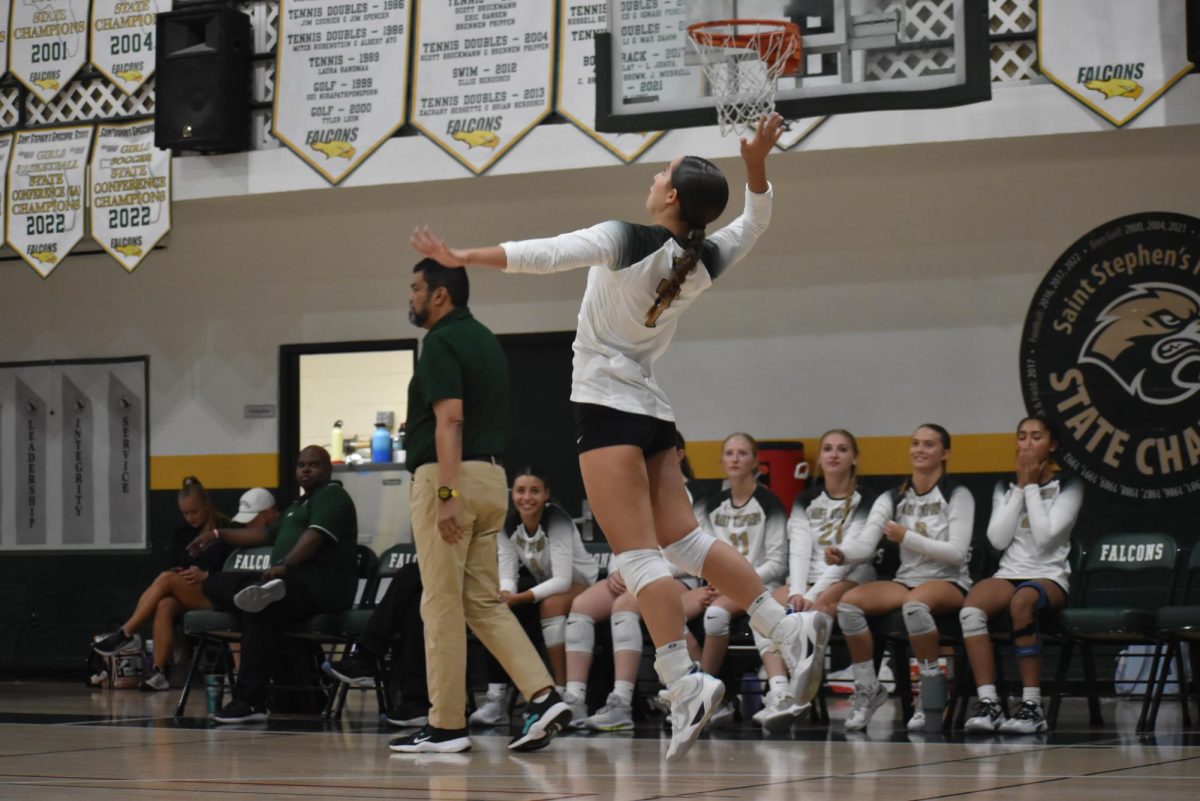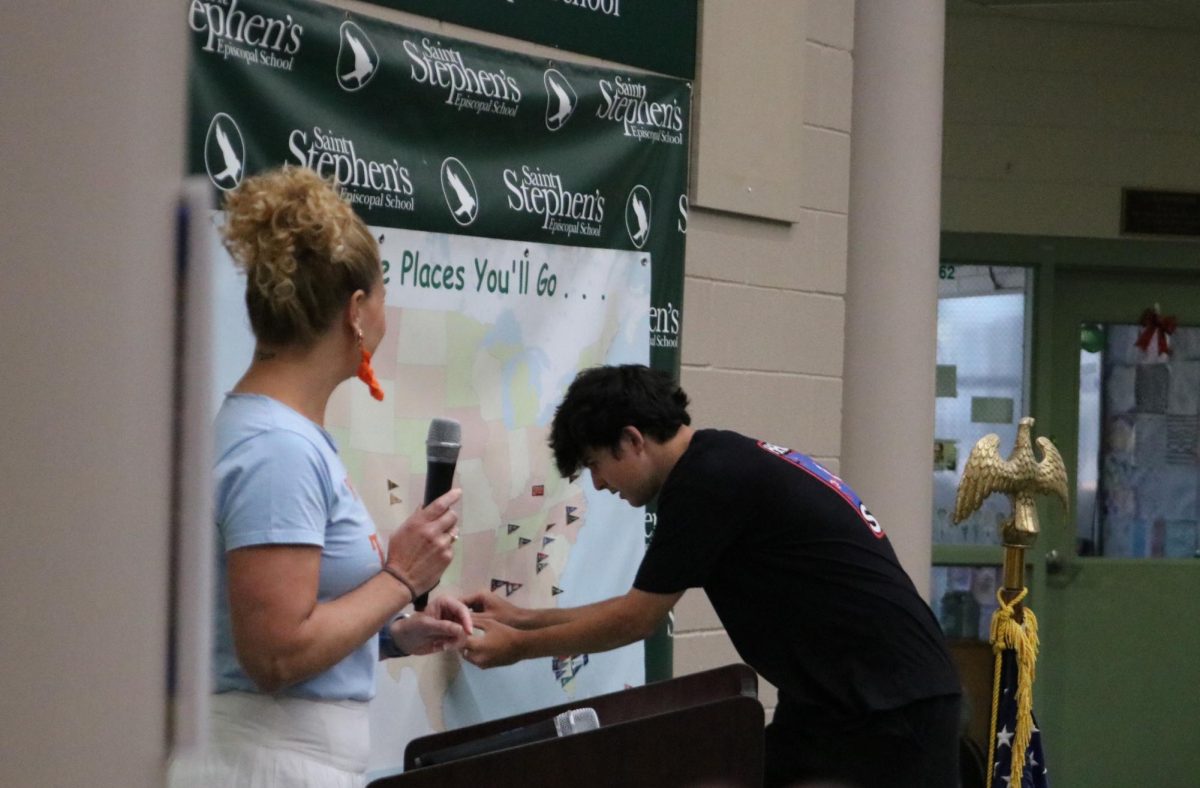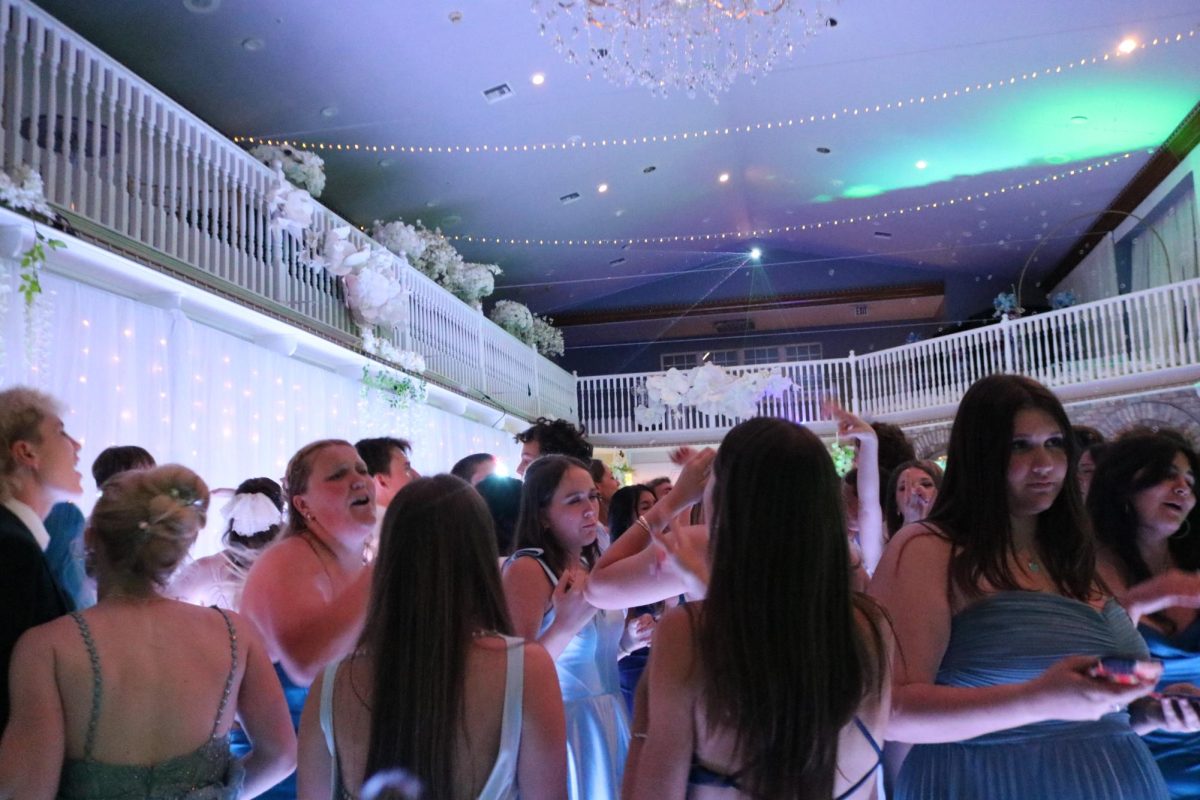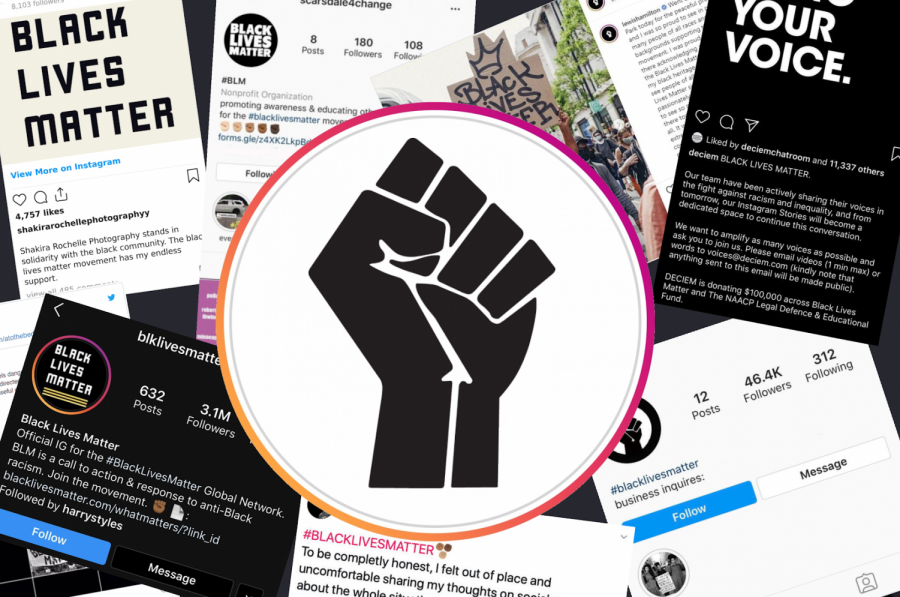Is Instagram activism powerful, or powerless?
When Instagram becomes so saturated with political activism, some begin to wonder if it’s actually doing any good.
Photo by Evanthia Stirou
When it comes to activism, how much is too much? Original artwork by Evanthia Stirou.
While the national anthem played at a preseason game in San Diego in 2016, 49ers quarterback Colin Kaepernick did the unthinkable: he knelt. Though this may seem like a small action, his protest against police brutality and racial injustice was arguably the act that brought the Black Lives Matter movement into mainstream media.
It was not without repercussions. After the 2016 season, Kaepernick was a free agent, but he wasn’t picked up by any teams. His political activism quite possibly ended his career, but ultimately, his message has gone a long way. This raises the question: for an act of protest to matter, does it have to be this bold? Does it have to come from a high profile person? Or, is a smaller act, like a post on Instagram, enough to make a difference?
Kaepernick’s major protest has translated to minor protests popping up on your social media platforms. After the death of George Floyd, the flame that fueled the BLM movement was rekindled, this time with a new generation of political activists taking a stand via platforms like Instagram.
Junior Piper Chan is one of these activists. “There are so many cases where the people who are experiencing racism and systematic oppression try to speak out about it and nothing happens,” Chan says. She believes that it is her job, as a caucasian with certain innate privileges, to bring the BLM issue into the spotlight and keep it there.
When The Gauntlet asked Chan about the controversial nature of the movement, she had this to say: “There are so many people who think [BLM] is a political issue, but it’s not. It’s a human rights issue.” In her eyes, this issue is something that shouldn’t be up for debate, it’s simply an idea.
So how did Chan, and many others in support of the movement, advocate for this “human rights issue”? She, along with countless others, took to Instagram to spread awareness. While browsing one’s Instagram feed, a user will often stumble upon posts that discuss social justice. They then have the option to add the post to their story as a means of spreading the cause to their own personal audience.
One of the main sources of these new, sophisticated story templates is the Canva app, which allows users to create their own social justice “slideshows.” Check out this story on Vox, where they profile one peach-colored post by the user @soyouwanttotalkabout that has been modified and shared over 200,000 times.
On the other side of the coin, some don’t see Instagram Activism as a harmless way to help. One Saint Stephen’s student (they requested to stay anonymous) had this to say: “It’s fine to want to bring awareness to it [the BLM movement], but when it’s all you see in your feed, you stop caring as much. It doesn’t even do anything.”
The boom of social justice on Instagram stories was certainly a defining characteristic of Summer 2020. In a word, it was unavoidable. Scrolling through Instagram would surely mean a run-in with some tough topics.
The debate over the value of this type of activism occurs when some people, such as our anonymous classmate, feel that the commonality of the BLM movement on social media takes away from its gravity. Some also take issue over whether or not a movement is needed in the first place.
“Of course Black lives matter,” argues our anonymous source, “because all lives matter. I don’t see the need for a movement. What it does in some cases is bring harm to innocent people.”
One of the main issues with recent BLM protests is that some of the public gatherings have turned violent. In some cases, there were people who showed up just to use the BLM platform to incite violence. Unfortunately, some people have used the anger they feel from seeing racial injustice for evil rather than good.
Although some of the perceived violence at BLM protests is instigated by alt-right groups, police, and even liberal groups, some of it is also instigated by protestors.
This is undeniably an issue. Though the BLM movement does have the best of intentions, it isn’t without its flaws. When protestors (or those using the protests) start harming innocent people, it’s hard to see either party as any better than the people they condemn.
Chan feels that Instagram activism is getting the best of both worlds when it comes to action since it brings awareness and is also non-violent. “People need to see a constant reminder that even though [this issue] might not be affecting you in your daily life, it’s still a problem for others.”
It’s easy to push away a problem that you don’t have to face. Some people don’t get to forget about the racial injustice when they turn off their phones. Some people live it. These issues might be hard to think about, but they’re supposed to be.
Oftentimes, Chan’s posts were more than just posts. “Sometimes there’ll be links, places to donate, or petitions attached,” she said. “You’ll be spreading [resources] to the couple-hundred followers you have and if they like it they can share it to the couple-hundred followers they have.”
Chan feels that one shouldn’t feel too ashamed about clogging up people’s feeds with your activism if you so choose to post it, because, like she assured The Gauntlet, “If there’s one thing that I learned this summer, it’s that you have so much more power than you know.”
To educate yourself about the BLM movement and to see some ways to help, visit blacklivesmatter.carrd.co.![]() Loading ...
Loading ...
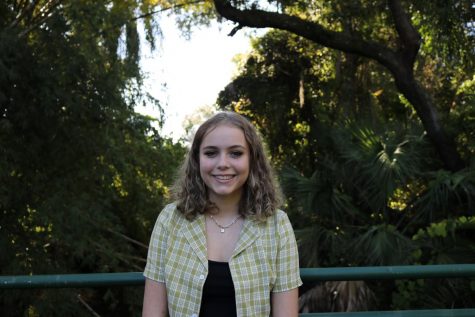
Caroline is a Senior at Saint Stephen's and is returning for her third year on The Gauntlet. This year, she is taking on the position of Editor in Chief....
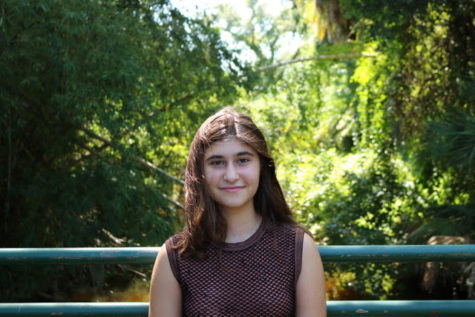
Evanthia is a third-year Creative Director on The Gauntlet. She is a senior here at Saint Stephen's and likes drawing, playing Genshin Impact, and hanging...

